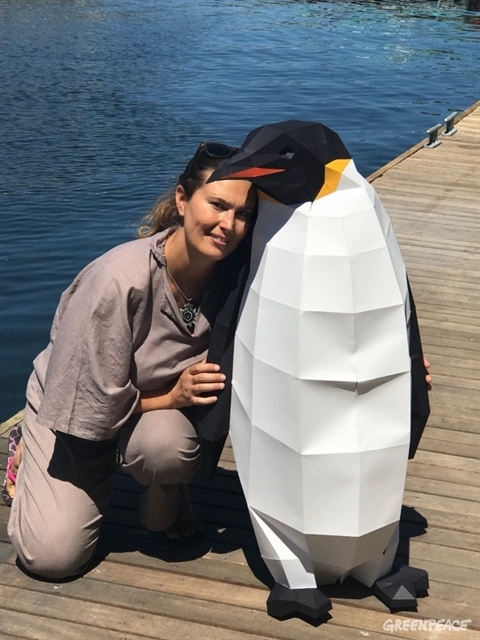
The first time I ever heard of Greenpeace was when I stumbled upon their website and immediately, I felt that connection of wanting to know more. Deep down, I knew that this was where I belonged and by helping this organisation, my life would have some sort of meaningful purpose. I romanticised with the bravery and action of Greenpeace’s ships’ crew but sadly, they would not have a need for my average accounting skills on board.
I signed up as a volunteer regardless, and did my first few hours of volunteer work when the new Rainbow Warrior docked at the Cape Town harbour.
I was like a child at a candy store, overwhelmed by the ship’s tall A-frame mast and multitudes of apparatus on the bridge. We, the volunteers, were educated about the ship and guided visitors on tours to view the vessel. I will never forget that day and the impact that it made on my life.
Fast forward to February 2018, Cape Town volunteers were asked to take photos with a model penguin who was on its journey from the Antarctic to various cities around the globe. My fellow volunteer, who I attended my first climbing course with, picked me up to seek places in Cape Town that were obviously local. We started at Parliament, a place well known to almost every South African. Our first pictures featured the colourful and unique South African flag flying in the background. We then headed for the Victoria and Alfred Waterfront. We were somewhat apprehensive about the venue because of its bustling commercialism but once we arrived, we were presented with marvelous photo opportunities. Soon we were clicking away at almost every angle. We wanted our Table Mountain in some of the shots and to deliver some diversity and flavour.
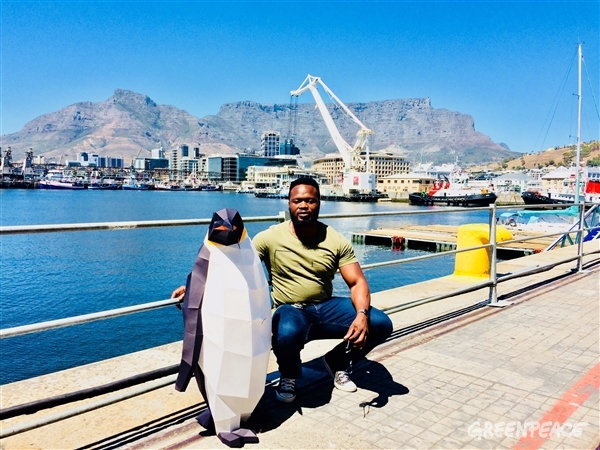
Our large penguin attracted some attention from tourists and the general public. So, like me, you are probably asking yourself, ‘What is the big deal with the penguin?’ Good question!
A good place to start is the type of penguin we were photographing. Our model is the King Penguin which breeds in sub-antarctic islands at the northern reaches of the Antarctic. The Antarctic is a polar region encompassing the continent Antarctica and surrounding islands on the Antarctic Plate. The Antarctic is the coldest, windiest and driest continent on our planet ,with even less rainfall than the Saharan Desert. This makes the wild life there extremophiles which means that these forms of life survive extreme conditions that would be detrimental to most life on Earth.
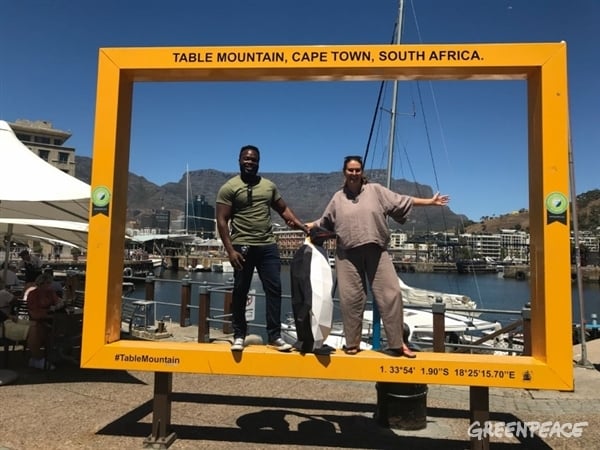
The ecosystems there are extremely sensitive to outside conditions as this continent is surrounded by water and isolated from the rest of the world. This amazing area is a biological carbon pump that regulates climate and carbon uptake. Healthy oceans soak up carbon dioxide and help us tackle climate change.
It’s a no brainer that we should endeavour to keep activity in this area to a minimum. The Antarctic hosts many scientific research stations that record data for various sciences and have made extraordinary discoveries that have changed how we see our planet. These discoveries have been influential in protecting ecosystems in the Southern Ocean, regulating fishing, and banning ozone depleting chemicals.
ecotourism. Krill is a keystone species which means that it has a disproportionately large effect on its environment, relative to its abundance. Many fish feed on krill and these fish are food sources for other animals namely our model King Penguin.
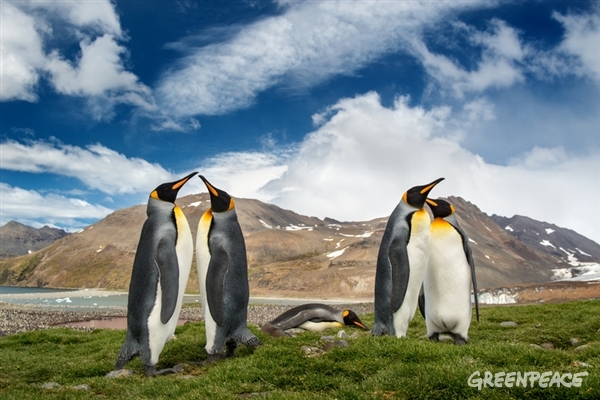
King Penguins breed on ice free islands around the Antarctic. Their chicks have only a thin covering of down feathers and rely solely on their parents for warmth and food. The central Antarctic region would be too cold for these chicks to survive. Global warming is affecting the temperature of the oceans. And the fish that these feeding penguins rely on, will swim further south in search for cooler water. This puts over one million King Penguins at risk.
Females swim out into the ocean in search for food for their chicks. Due the temperature of the warming Southern Ocean, scientists are projecting that mothers will have to swim hundreds of kilometres north in search for food which may not sustain long enough for their return home, to feed their dependent chicks.
Greenpeace have launched their Antarctic campaign in order to create an Antarctic Ocean Sanctuary which would be the largest protected area on Earth. The Commission for the Conservation of Antarctic Marine Living Resources (CCAMLR) was established in 1982 by an international convention to conserve Antarctic Marine Life. This commission has 25 members and South Africa is one of them with our Dr Monde Mayekiso, who is chair in the commission.
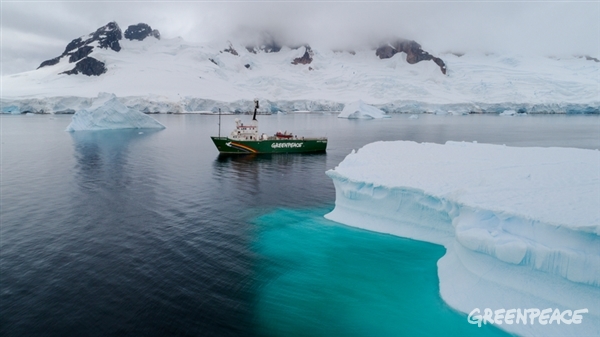
In October 2017, the CCAMLR were unsuccessful in agreeing to provide strong marine protection in the East Antarctic. We have six months to make an impact and create the largest protected marine area on Earth. Greenpeace is campaigning to protect 1.8 million square meters in the Weddell Sea. The proposal has been submitted by the European Union and is backed up by Germany and will be considered when the CCAMLR covenes again in October this year.
This experience of The March of the Penguins and photographing our model King Penguin has been an educational experience to learn more about our diverse planet and it’s complex systems. For me, the King Penguin symbolizes a species threatened by our activities. And that like the King Penguin chick, who is dependent on it’s mother’s catch for survival. So is the King Penguin dependent on us to conserve the Southern Ocean and Antarctica from exploitation.
